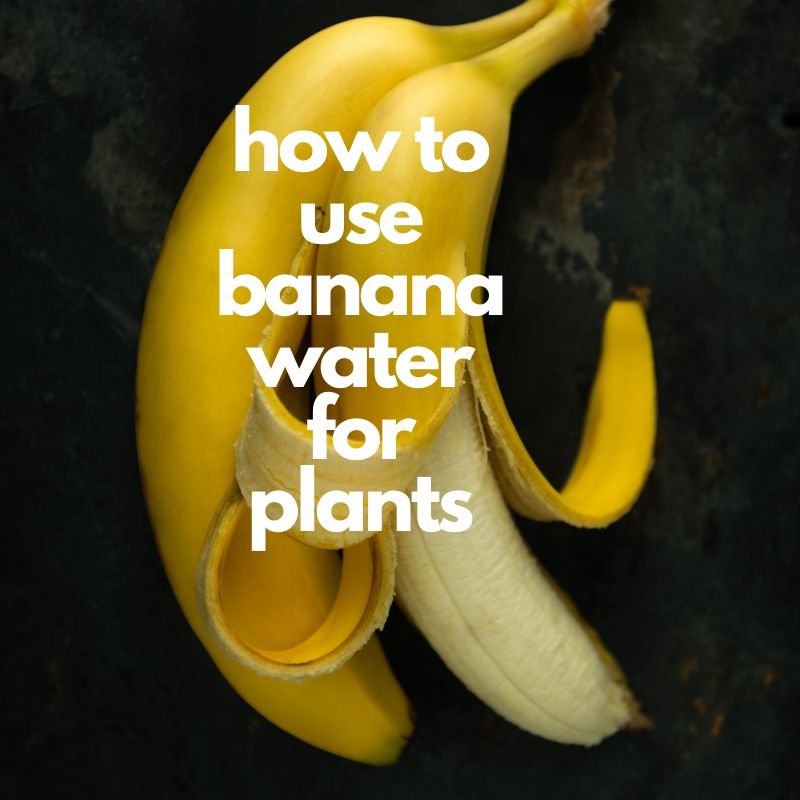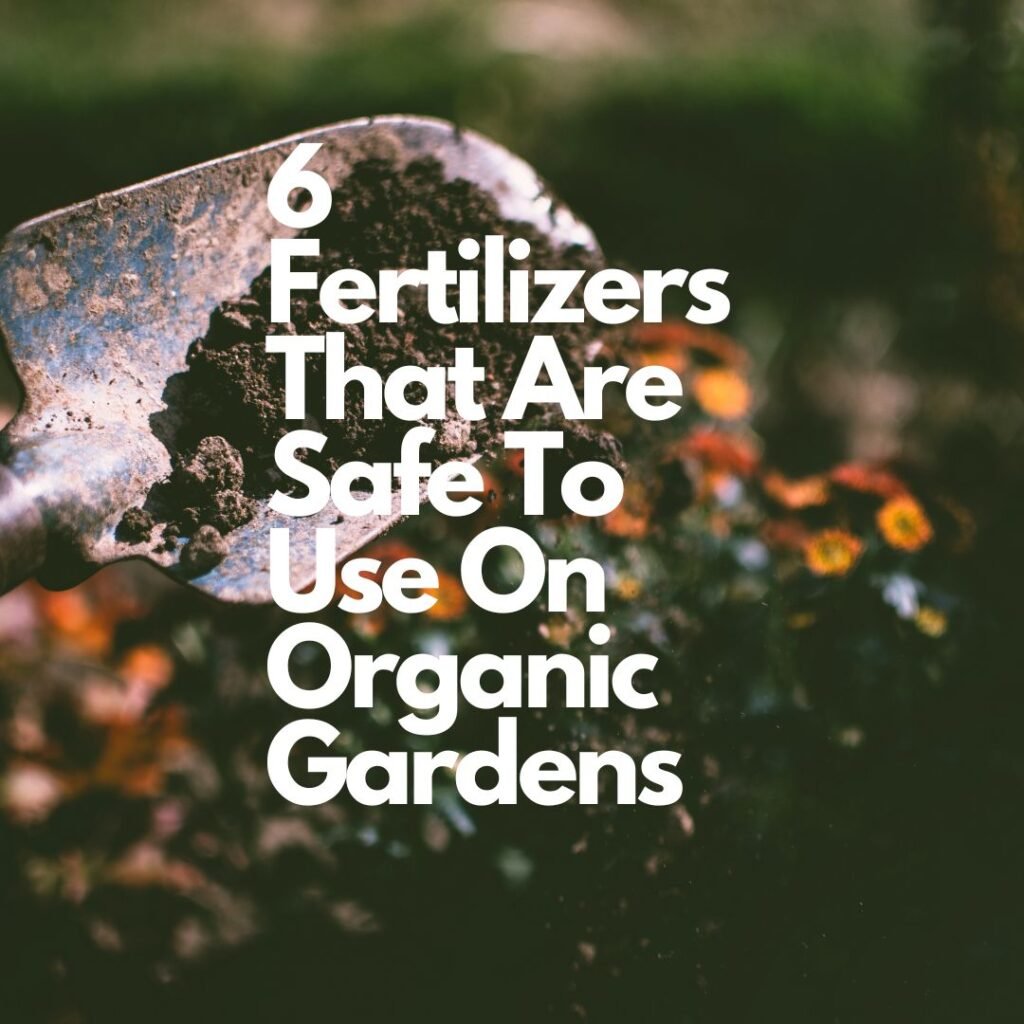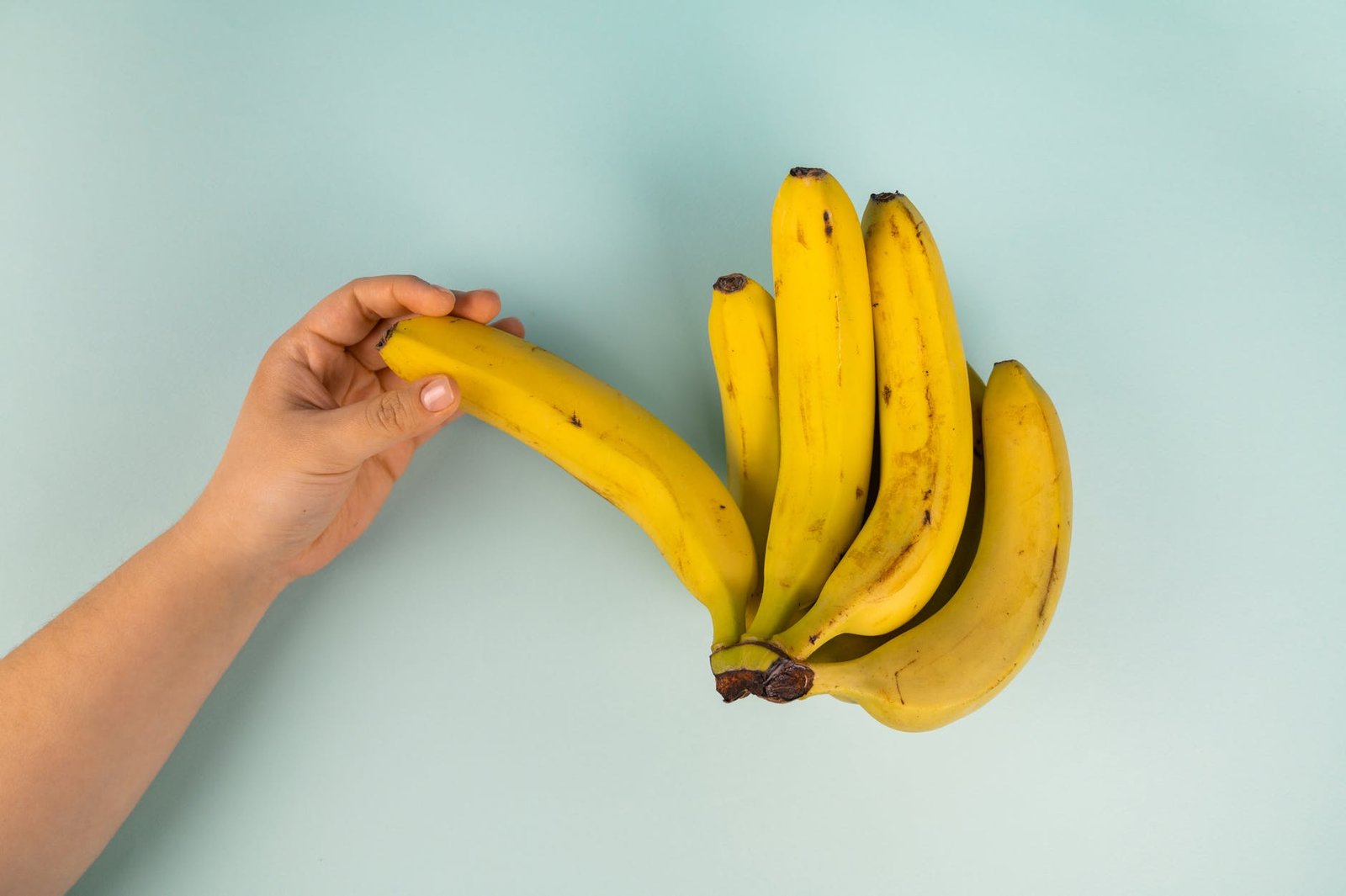how to use banana water for plants
Banana water is a great way to give your plants a boost of nutrients. It’s easy to make and can be used on all kinds of plants, including vegetables, fruits, and flowers. Here’s how to use banana water for plants. 1. Collect the water. When you’re ready to make banana water, collect about two cups of water from your kitchen sink.
If you have a filter, you can use filtered water, but it’s not necessary. 2. Add the bananas. Cut up two or three ripe bananas into small pieces and add them to the water. Let the bananas sit in the water for a few hours or overnight. 3. Use it on your plants. When you’re ready to use the banana water, pour it directly onto the soil around your plants.
You can also use it to water plants in pots or containers. 4. Store any leftover banana water in the fridge. If you have any leftover banana water, store it in an airtight container in the fridge. It will keep for up to a week.

What is banana water?
Banana water is the liquid that is left over after a banana is juiced. This water can be used to water plants, as it contains nutrients that are beneficial for plant growth.
When using banana water for plants, it is important to dilute it with regular water, as the concentrated form can be too strong for plants. Banana water can also be used as a fertilizer, by adding it to the soil around plants.
Benefits of banana water for plants
Banana water has a number of benefits for plants. It is rich in potassium, which is an essential nutrient for plants. It can also help to improve the drainage and aeration of the soil, and it can help to suppress the growth of weeds. Additionally, banana water can help to keep pests and diseases at bay.
How to make banana water
Banana water is an excellent way to give your plants a boost of nutrients. It is rich in potassium and other minerals that are beneficial to plant growth. To make banana water, simply mash up a ripe banana and add it to a gallon of water.
Let the mixture sit for a few hours before watering your plants with it. You can also add banana water to a spray bottle and use it as a leaf-shine or plant-growth tonic.
How to use banana water for plants
Banana water can be used as a natural fertilizer for plants. To use, simply cut off a ripe banana and mash it into a liquid. Then, pour the mashed banana and water mixture around the base of your plants. The potassium in the banana will help to promote growth and encourage blooming.
Conclusion
Banana water for plants is a great way to give them an extra boost of nutrients. It’s easy to make and can be used on a variety of different plants. Plus, it’s a great way to use up ripe bananas that you might otherwise throw away. Give it a try the next time you’re looking for ways to give your plants a little something extra!
How To Groom Your Pets This Winter




